
Phags pa hires stock photography and images Alamy
'Phags-pa was appointed 'National Perceptor' in 1264 by the emperor Khubila Khan, by whom he was ordered to devise a script in which all the languages of his empire - including Tibetan, Uyghur, Mongolian and Chinese - could be written.

Mongol Scripts
Phags-Pa for Modern Mandarin (Hànyǔ bāsībā wén / 汉语八思巴文) was designed by Arthur Li in 2020. It is an alternative way to write Mandarin Chinese with the old Phags-Pa script, which was created by Drogön Chögyal in 1260 to write Chinese, Tibetan, Uyghur, Sanskrit and Persian Notable features Type of writing system: alphabet

phagspa script Table of Phagspa seal script letters in Menggu Ziyun Writing scripts
Chinese transcriptions of Mongolian and 'Phags-pa script have been suc cessfully adopted by L. Ligeti. Ligeti's first work, written in Hungarian,58 was never in general dis tribution, but his article on the Po-chia-hsing (abbr. PCH) in the 'Phags-pa script was an advance upon the achievements of Dragunov,
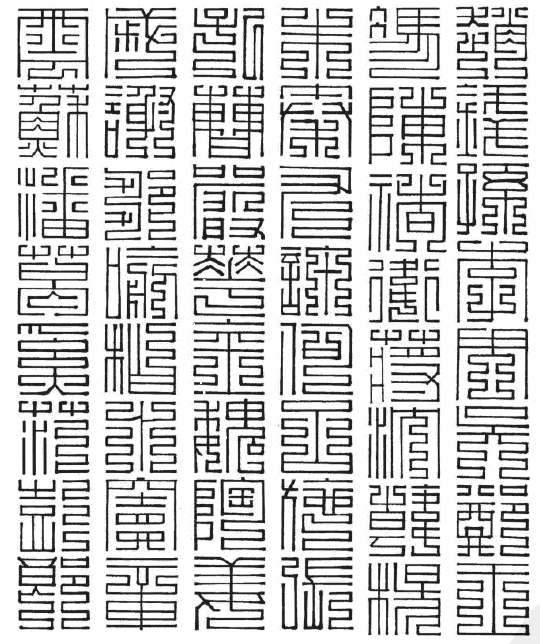
Murmurings 'Phagspa and ninefold seal scripts
They write new content and verify and edit content received from contributors. 'Phags-pa, (born 1235—died 1280), Tibetan scholar-monk who set up a Buddhist theocracy in Tibet. 'Phags-pa was a member of the Sa-skya-pa school of Buddhism, which was based at the Sa-skya monastery and which was noted for its emphasis on scholarship. After the.
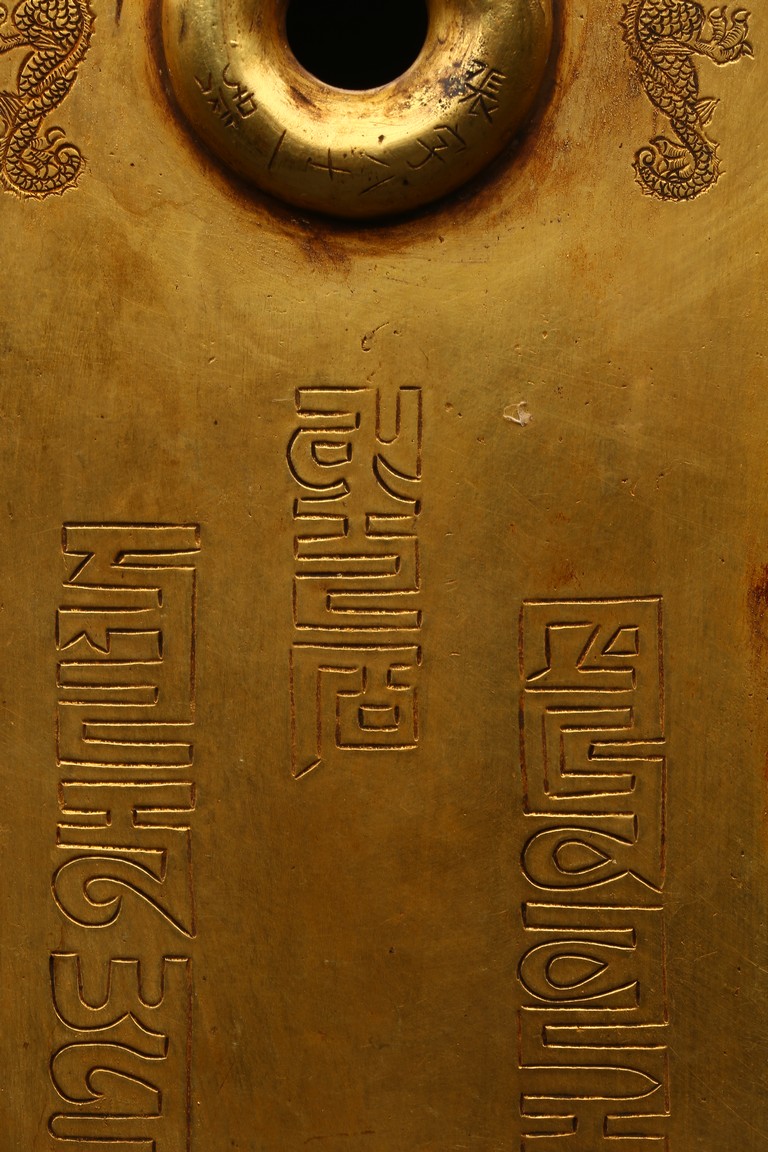
A GILT BRONZE 'PHAGSPA SCRIPT' PANEL
There were three different styles of writing in the Phags-pa alphabet: the Standard script, which was used in Chinese and Mongolian printed texts and documents; the Seal script, which was used mainly for official seals, and also for some inscriptions on monuments; and the Tibetan script style, which was used mainly for books titles and temple in.

Phagspa Script
The script was invented by 'Phags-pa (1235/39-1280, Chinese: Basiba 八思巴), a Tibetan prince and lama who was appointed national preceptor (guoshi 國師) Qubilai Qan (r. 1260-1294), the Mongol emperor of the Yuan dynasty 元 (1279-1368).The alphabet was created in 1269 as a script for Mongolian, but also as a tool for the transcription of other languages, like Chinese, Tibetan, Sanskrit.

'Phagspa script YouTube
The correspondence between Uighur letters and Phags-pa letters given by Tao Zongyi is summarised in Table 1 after the translation. Illustration 1 : Facsimile of Tao Zongyi's Description of the Old Uighur Script. Source : Shushi Huiyao 書史會要 vol. 8 folio 7a-8a. Transcription. 畏吾兒字雖有二十餘母,除重名外止有一十五音.

(from left to right) tibetan phagspa/ horyig script; tibetan uchen Company logo, Tech company
Phags-pa Chinese is the earliest form of the Chinese language to be written in a systematically devised alphabetic script. It is named after its creator, a brilliant thirteenth-century Tibetan scholar-monk who also served as political adviser to Kublai Khan.

A840 Phagspa
The 'Phags-pa script (Mongolian: дөрвөлжин үсэг Square script) is an alphabet designed by the Tibetan monk and State Preceptor (later Imperial Preceptor) Drogön Chögyal Phagpa for Kublai Khan, the founder of the Yuan dynasty, as a unified script for the written languages within the Yuan. The actual
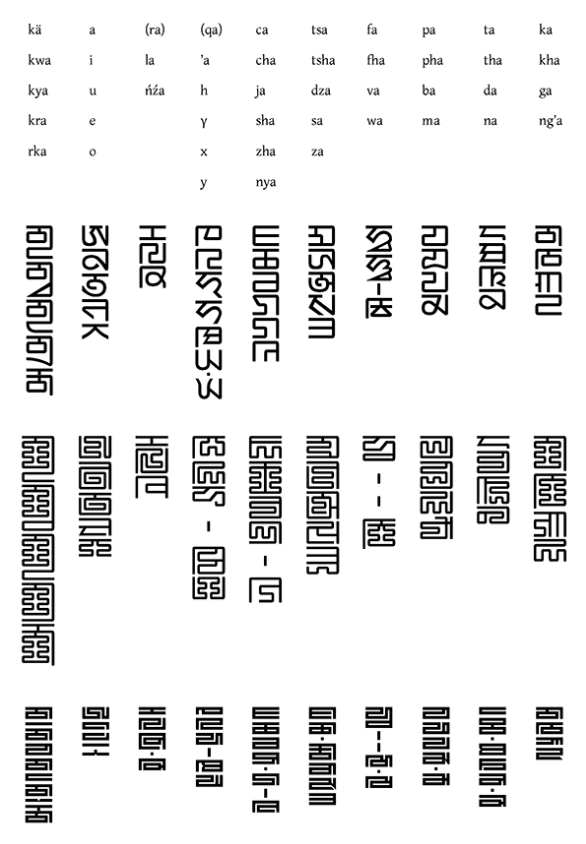
'PhagsPa Script Encyclopedia MDPI
The 'Phags-pa script (Mongolian: дөрвөлжин үсэг "Square script") is an alphabet designed by the Tibetan monk and State Preceptor (later Imperial Preceptor) Drogön Chögyal Phagpa for Kublai Khan, the founder of the Yuan dynasty, as a unified script for the written languages within the Yuan.
If the Japanese language is derived from Chinese, when did that happen, and what did they speak
Phags-pa Chinese is the earliest form of the Chinese language to be written in a systematically devised alphabetic script. It is named after its creator, a brilliant thirteenth-century Tibetan scholar-monk who also served as political adviser to Kublai Khan.

Phagspa script In 1260 Kublai Khan commissioned a Tibetan Lama called Blogros rGyalmtshan
Phags-pa is a Unicode block containing characters from the 'Phags-pa script promulgated as a national script by Kublai Khan, the founder of the Yuan dynasty. It was used primarily in writing Mongolian and Chinese, although it was intended for the use of all written languages of the Mongol Empire. Block
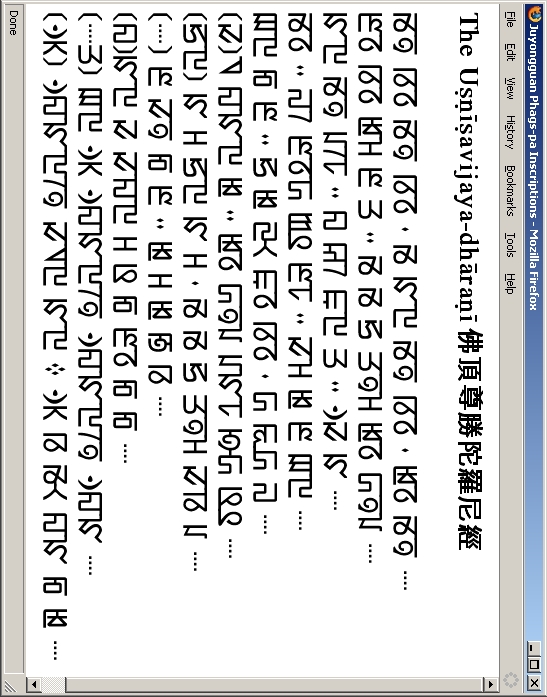
BabelStone Blog Phagspa Fonts 1 BabelStone Phagspa Book
The Phags-pa script is named after its creator, the Tibetan lama known by the title of 'Phags-pa Lama (འཕགས་པ་བླ་མ་) "Reverend Lama" (transliterated as Bāsībā 八思巴 [also 巴思八 or 拔思巴] in Chinese).
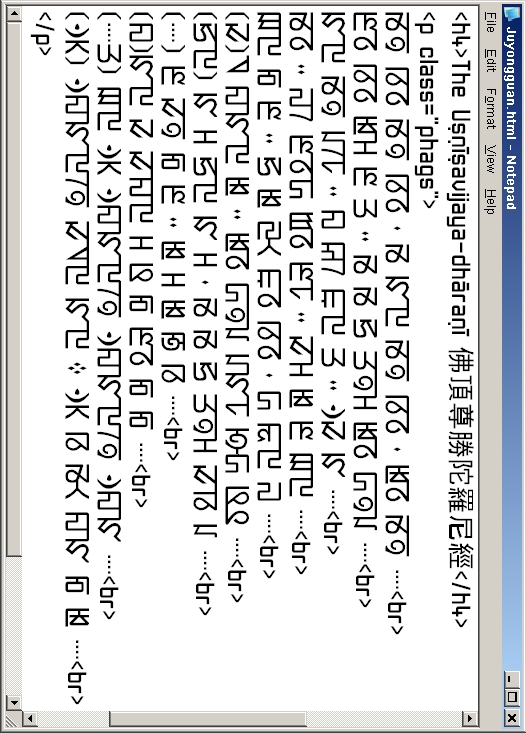
BabelStone Blog Phagspa Fonts 1 BabelStone Phagspa Book
The Phags-pa script is a set of phonetic symbols for multi-lingual writing that can be used to "translate and write" all languages. According to materials so far discovered, Phags-pa script has been used to "translate and write" Mongolian, Chinese (Han), Tibetan, Uighur as well as Sanskrit, and other languages yet to be deciphered.

51BidLive[A GILT BRONZE 'PHAGSPA SCRIPT' PANEL]
The 'Phags-pa script was created by the Tibetan monk known as 'Phags-pa (1239-1280) at the behest of Kublai Khan between 1260 and 1269. It was intended for use as the "National Script" of the Mongolian Empire, and was used during 13th and 14th centuries for writing Mongolian, Chinese, Uighur, Tibetan and other languages.
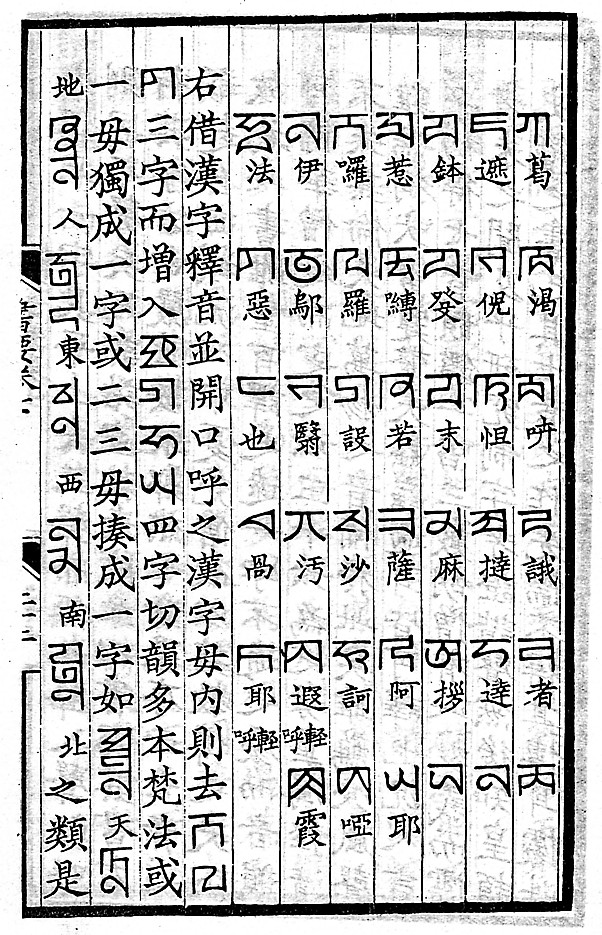
BabelStone 'Phagspa Script Description
The Phagspa script or ʼPhags-pa script [1] is an alphabet designed by the Tibetan monk and State Preceptor (later Imperial Preceptor) Drogön Chögyal Phagpa for Kublai Khan, the founder of the Yuan dynasty, as a unified script for the written languages within the Yuan.